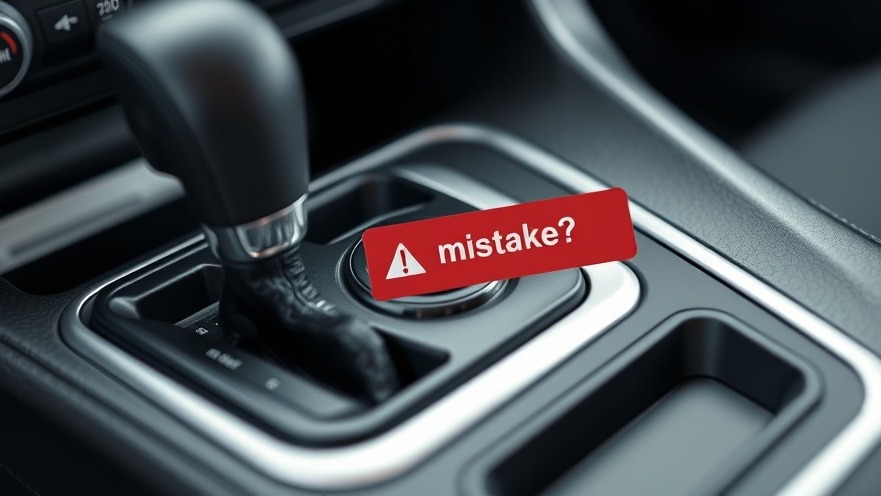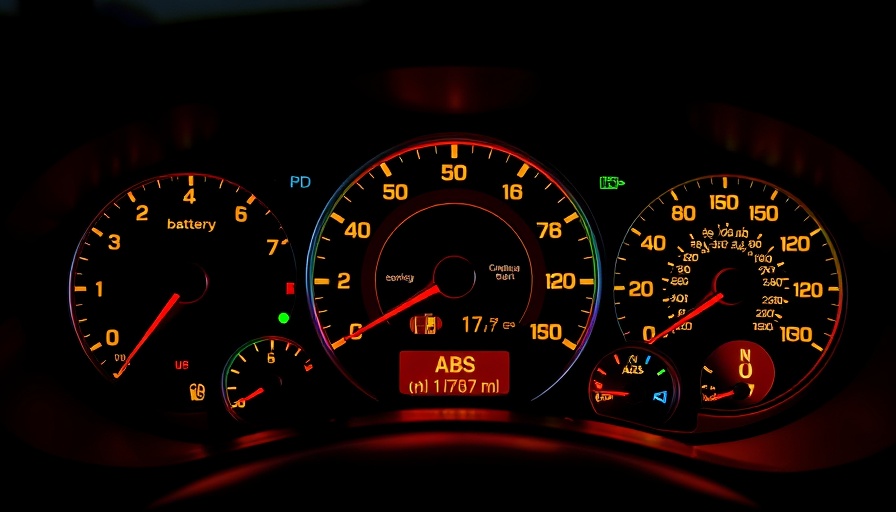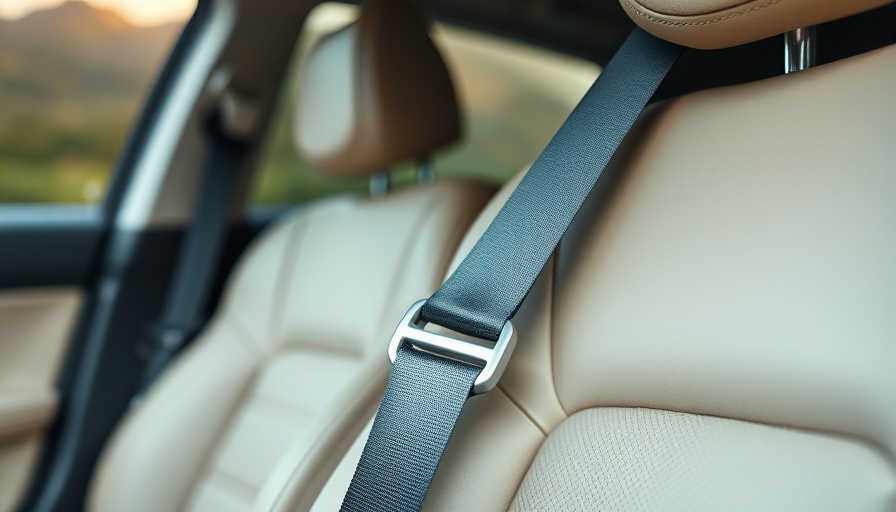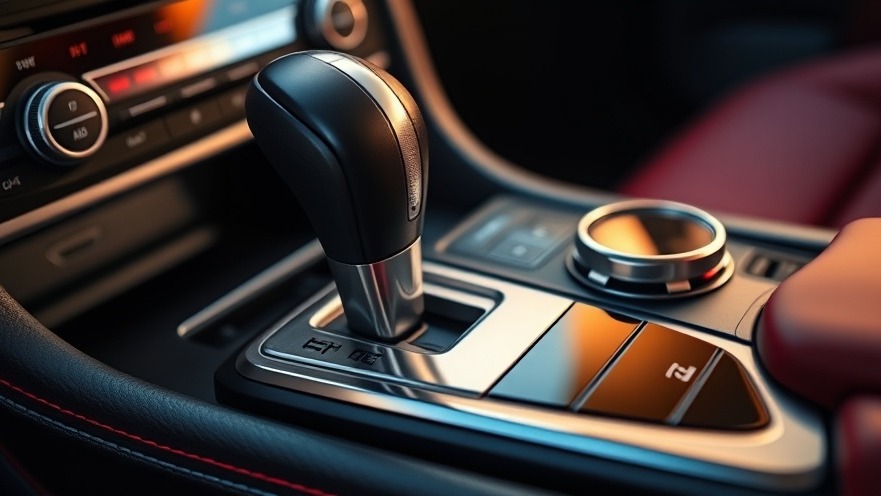Safety
What Happens If You Push the Engine Button While Driving? A Comprehensive Guide
Understanding Push Start Technology: A Modern MarvelToday's cars often feature sleek push start technology, replacing the classic metal key ignition with a simple press of a button. This innovation enhances convenience but also raises questions about safety. As we shift gears into the world of modern automobiles, it's vital for all drivers to understand how their vehicle responds to key functions, particularly in critical moments.In 'What happens If You Push The Button WHILE Driving? (Don't Try This!)', the discussion dives into the critical issue of vehicle safety associated with push start technology, exploring key insights that sparked deeper analysis on our end.
The Best Practices During Unforeseen EventsWhat happens if you accidentally press the start-stop button while driving at high speeds? The answer isn't as straightforward as it seems. In many newer vehicles, especially those equipped with advanced safety features, nothing catastrophic happens. Cars built after 2000 generally will not shut off their engines while traveling at speeds above 5 mph, thanks to built-in safeguards. However, if a car's engine is turned off while moving at high speed, it risks losing power to essential systems like steering and brakes, potentially leading to dangerous situations.The Safety Features in Modern CarsDifferent car manufacturers apply distinct safety protocols. For example, in a Toyota, pressing the start-stop button while driving may simply switch the vehicle to accessory mode, maintaining engine operation while disabling the radio and AC. In contrast, Teslas are designed not to power off unless completely stationary, ensuring additional driver safety. Understanding how your specific brand handles this can give you peace of mind while on the road.Tips to Prevent Accidental Engine Shut OffsTo cultivate safe driving habits, consider these proactive strategies to avoid unnecessary stress while navigating your vehicle:Adjust settings before driving: Set your music playlists, adjust air conditioning or heating, and input GPS destinations before hitting the road, keeping distractions away from critical controls.Maintain proper hand positioning: Keep hands clear of the start-stop button, especially if it is near the gear shift. Being mindful of your hand placement can prevent accidental presses.Stay aware of your environment: Avoid juggling beverages or other items when you are behind the wheel. This can help you keep both hands on the wheel for better control.Responding to Emergencies Behind the WheelIf mechanical failure occurs while driving, reacting appropriately is crucial. Experts recommend:Shift the car into neutral to disengage the engine's power.Gently apply the brakes with a calm demeanor, making stopping easier.Check for gas pedal obstruction while keeping your eyes on the road.Turn on hazard lights to alert other drivers.If conditions allow, carefully turn off the engine after slowing down.How Different Car Brands Handle Start-Stop ButtonsWhile the principles of safety and functionality apply broadly, let’s look at specific brands:Toyota: Cars like the Camry and RAV4 will not turn off the engine when the button is pressed while driving.Tesla: All models from Tesla prioritize safety, enforcing that the vehicle remains operational at all times unless stationary.Audi, Volkswagen, Hyundai, and others: These brands typically follow suit, maintaining engine operation to keep drivers safe, unless manually overridden.Fostering Safety Through AwarenessKnowing how your vehicle operates is not just handy; it’s vital. By taking a little time to learn how your car reacts, you're paving the way for safer driving experiences. Read your owner's manual to get familiar with how safety features are designed to protect you.In conclusion, accidents and mispresses can happen, but it’s our responsibility as drivers to stay informed about our vehicles and conducive to safety protocols. Implementing small, daily adjustments can make a significant difference in how we interact with our cars every day.

 Add Row
Add Row
 Add
Add

 Add Row
Add Row
 Add Element
Add Element









 Add Row
Add Row
 Add
Add

